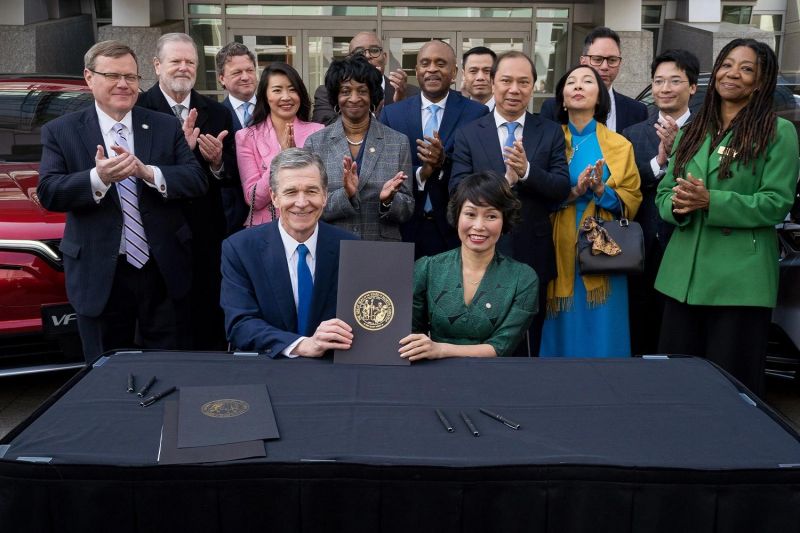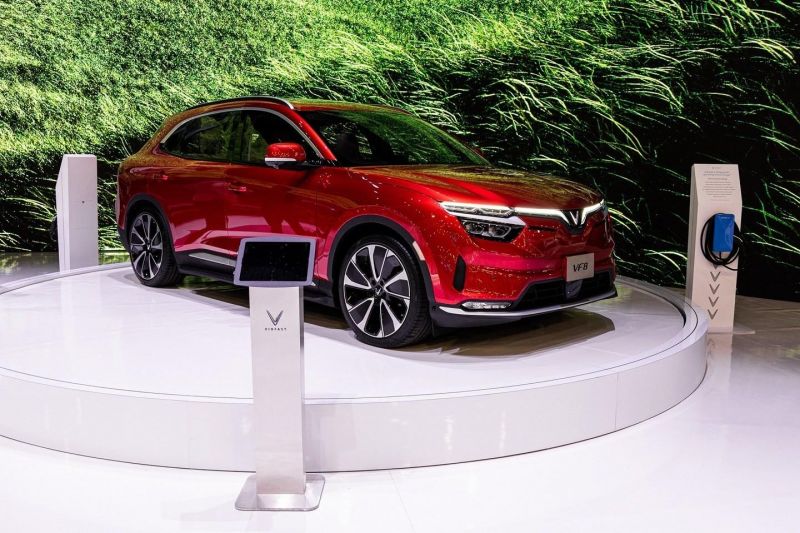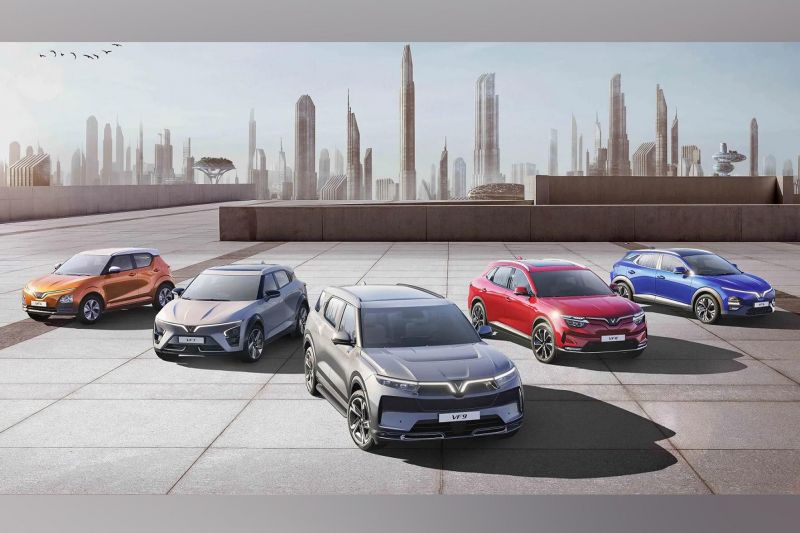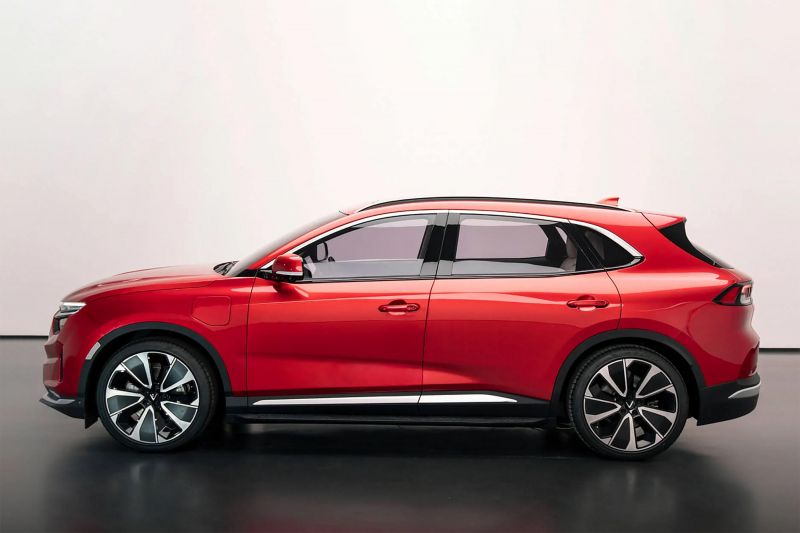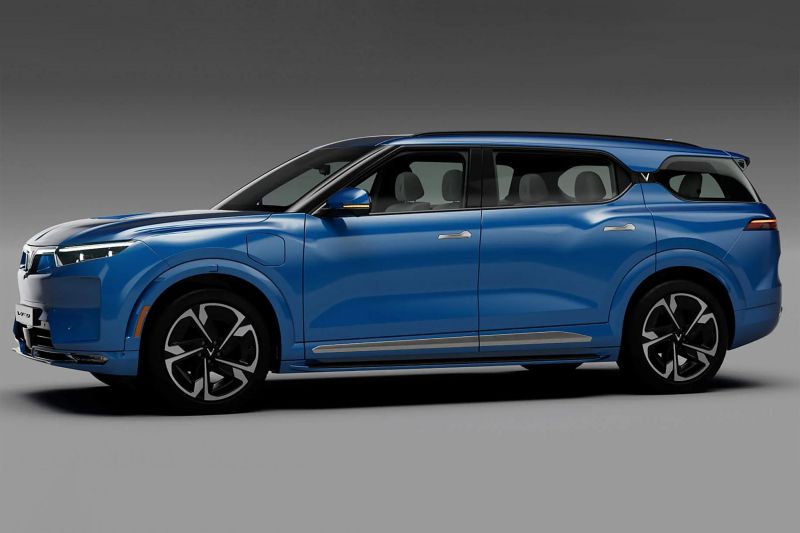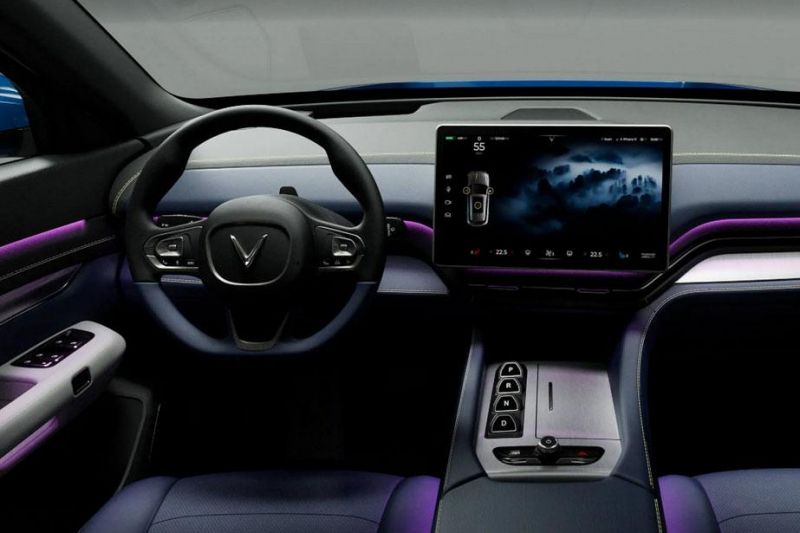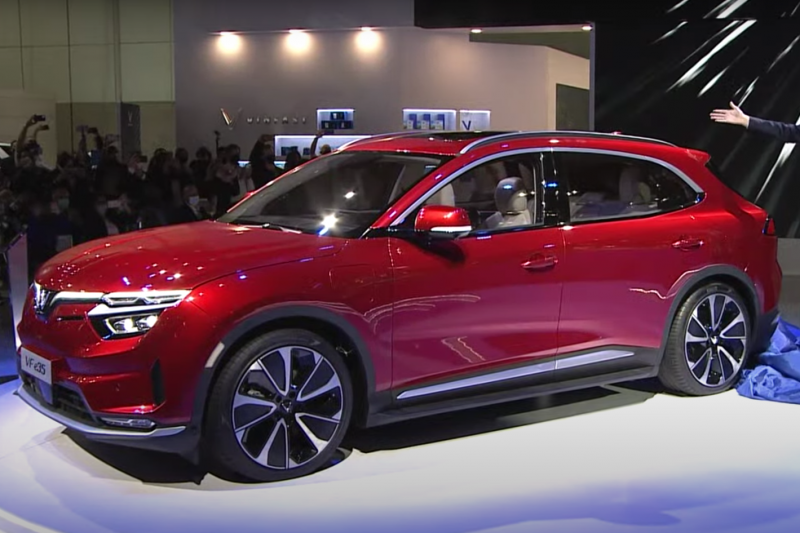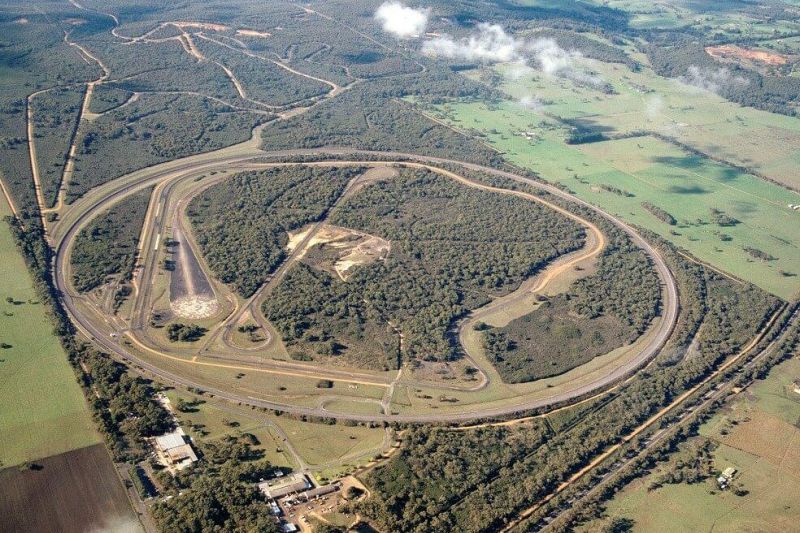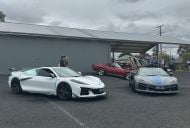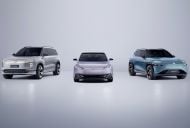Vietnamese automaker VinFast is serious about its global aspirations, announcing it’s building a factory in the USA.
It has signed a memorandum of understanding with the state of North Carolina to construct a factory that’ll build its VF8 and VF9 electric crossovers.
The company is investing up to $2 billion (A$2.65 billion) in what it’s calling “phase 1” of the factory, with construction to begin this year and production expected to start in July 2024.
With this first phase, VinFast expects the constructed factory to have a production capacity of 150,000 vehicles per year and employ 7500 people.
Worker salaries will also average US$51,096 (A$67,937), around A$13,926 higher than the average annual wage in Chatham County.
Covering an area of 1977 acres, it’ll be located in Chatham County’s Triangle Innovation Point megasite and will include areas for electric vehicle and bus production plus battery production.
While the south is home to numerous automotive plants and both Volvo and BMW manufacture cars in South Carolina, the state of North Carolina doesn’t currently have any vehicle assembly plants beyond heavy truck plants like Daimler’s.
However, Toyota recently announced it would build its first North American battery plant in North Carolina.
“North Carolina’s strong commitments in building a clean energy economy, fighting climate change and reducing greenhouse gas emissions in transportation make it an ideal location for VinFast to develop its premium, smart and environmentally friendly EVs,” said Le Thi Thu Thuy, Vingroup Vice Chair and VinFast Global CEO.
“Having a production facility right in the market will help VinFast to proactively manage its supply chain, maintain stabilized prices and shorten product supply time, making VinFast’s Evs more accessible to customers, contributing to the realization of local environmental improvement goals.”
North Carolina is one of the few states in the American South led by a Democratic Governor, Roy Cooper, and he’s pledged to reduce statewide greenhouse gas emissions to 40 per cent below 2005 levels.
VinFast currently has only one other plant, located in Hai Phong, Vietnam, which was opened in 2019.
It says this plant will have the capacity to produce a dizzying 950,000 vehicles per year by 2026, more than twice as many as can currently roll out of Tesla’s Shanghai Gigafactory.
The company is rapidly expanding, having completed the construction of the Hai Phong plant and developed its first three car models in just under two years.
It’s also building a battery plant in Ha Tinh, Vietnam with a capacity of five gigawatt hours per year. The company says it should be running from full capacity from late 2022.
Revealed at the 2021 Los Angeles motor show by CEO Michael Lohscheller, who has since left the company, the VF8 and VF9 are mid-sized and large SUVs, respectively.
Both were designed by Italian firm Pininfarina.
The VF8 measures 4750mm long on a 2950mm wheelbase, with a choice of single-motor 150kW/320Nm and dual-motor 300kW/640Nm powertrains.
Fitted with a 90kWh battery, the VF8 has a claimed range of 504km, although the automaker doesn’t list what efficiency standard it uses to calculate this.
A 141kW/280Nm petrol-powered version will also be available in some markets.
The three-row VF9 measures 5120mm long on a 3150mm wheelbase, with a dual-motor all-wheel drive set-up producing 300kW.
This is powered by a hefty 106kWh battery as standard, for a claimed range of up to 550km.
There’s a petrol option too for certain markets, in this case a 2.0-litre petrol engine rated at 170kW and 350Nm.
VinFast was able to do all of the research and development (R&D) for these electric SUVs in-house by leaning on its VinGroup sibling companies, VinAI and VinTech.
Inside the VinFast electric SUVs is a standard 15.5-inch landscape-oriented touchscreen infotainment display that houses almost all of the vehicles’ functions.
There’s a ‘Zen Mode’ that allows owners to remove all of the unnecessary information with a swipe of the touchscreen and can display an image like a digital photo frame.
The VF8 starts from US$41,000 ($56,700), and the VF9 begins at US$56,000 ($77,500) before factoring in the US$7500 ($10,400) US federal tax rebate.
VinFast’s prices also exclude the price of the battery as owners need to lease the battery for a monthly fee.
The cheapest plan only offers 480km (300mi) per month with a charge for every mile after that, while the top-tier plan allows for unlimited driving. The automaker will pay for all battery maintenance, and will also replace any batteries that fall below 70 per cent maximum capacity for free.
To help sweeten the deal, VinFast vehicles will come with a 10-year/200,000km warranty in the US.
VinFast is best known to Australians as the company that briefly set up shop Down Under, before pulling the pin on Australian development.
It recently put the ex-Holden owned Lang Lang proving ground up for sale, and closed its Australian design and engineering office in Port Melbourne, Victoria earlier in 2021.
There were plans for the company to develop its next-generation petrol and electric cars on Australian soil with a staff of around 100 ex-Ford, Holden, Jaguar Land Rover and Toyota employees.
This Aussie plan was squashed with the company pivoting its focus to North America and Europe.
Still a fresh face on the automotive scene, VinFast was founded in 2017 by property developer Phạm Nhật Vượng, who is Vietnam’s first billionaire with a net worth of around $6.5 billion.
VinFast is a spin-off from its parent company VinGroup which was founded as an instant noodle business in post-Soviet Ukraine.





